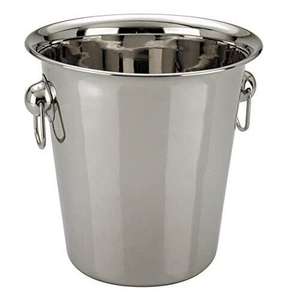

Champagne Deals & Offers
2 active deals28,506 commentsAll Champagne discounts and offers overview - April 2024

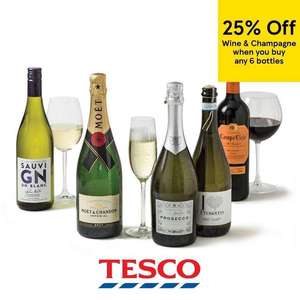
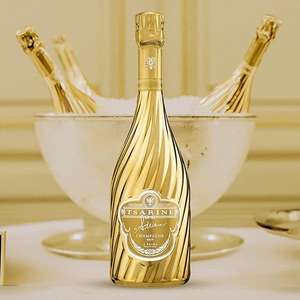
Champagne price comparisonPowered by
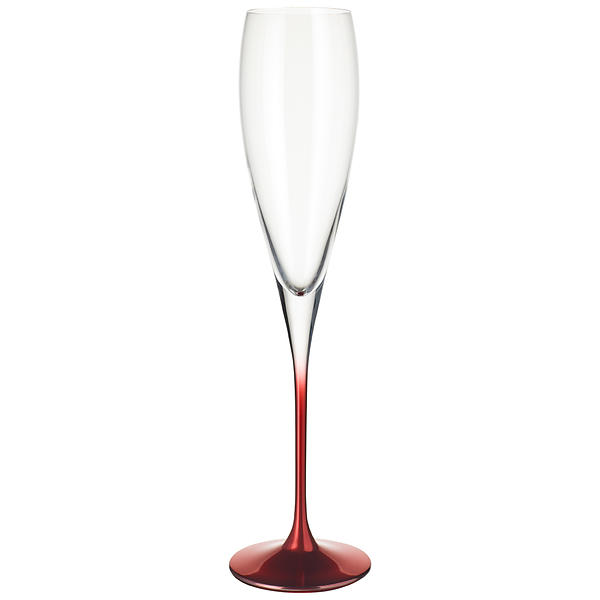 1 offer
1 offer
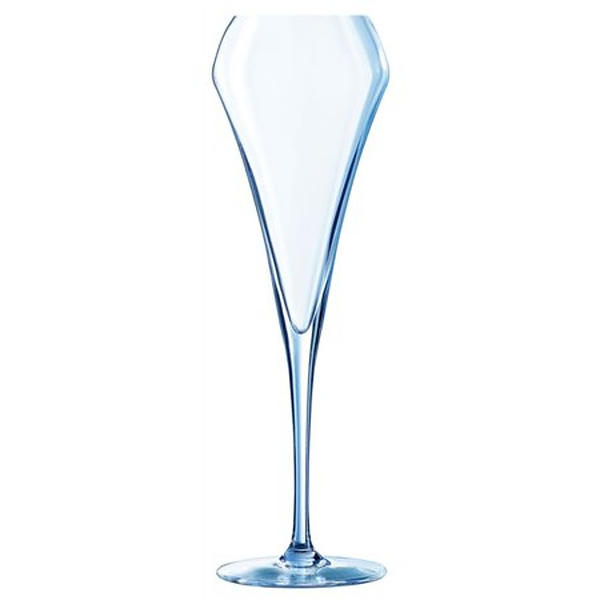 1 offer
1 offer
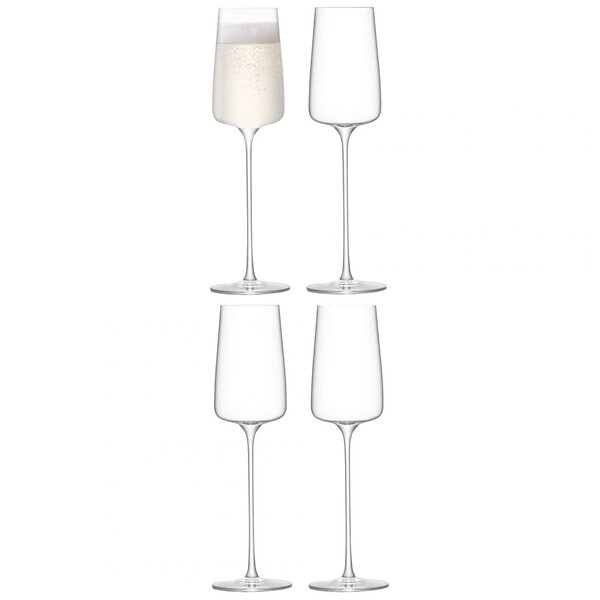 3 offers
3 offers
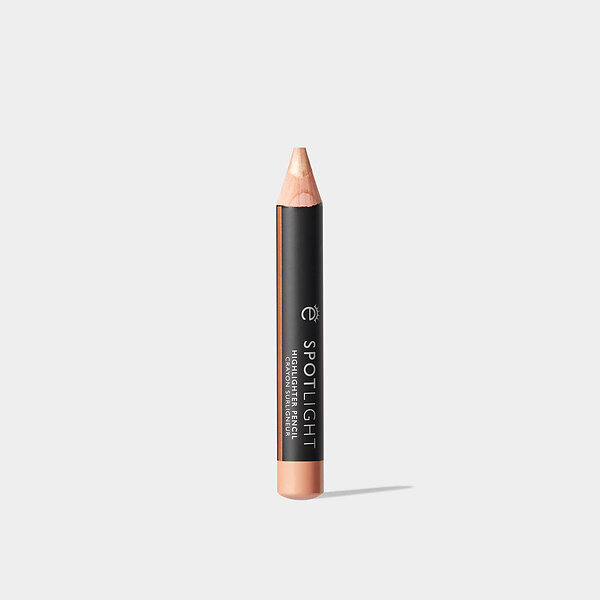 3 offers
3 offers
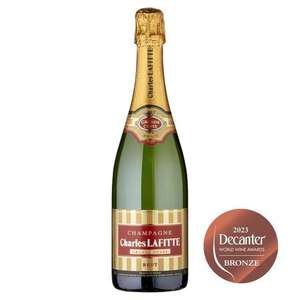

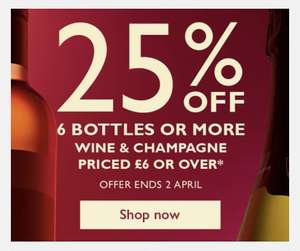
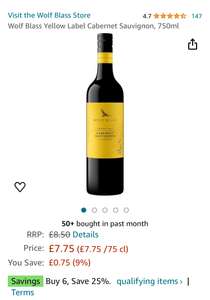
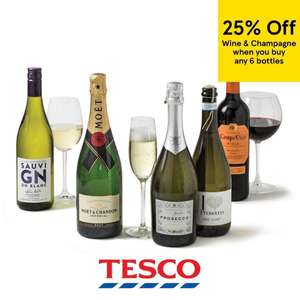
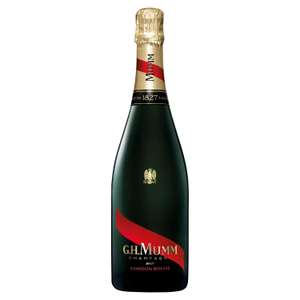
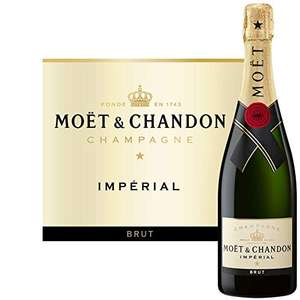
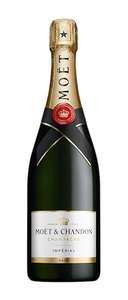

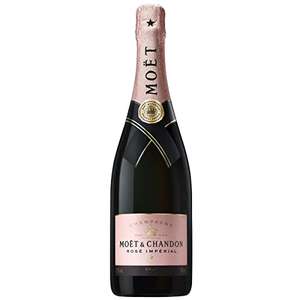
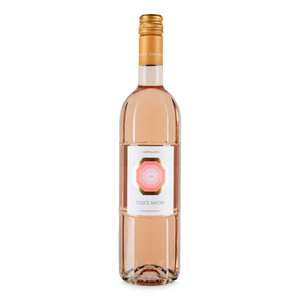
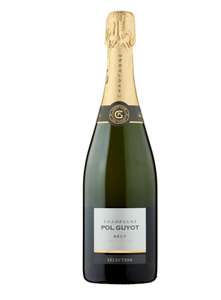

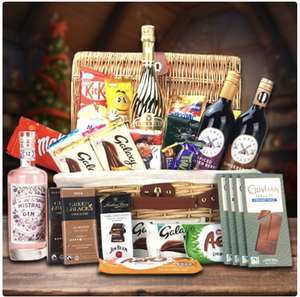

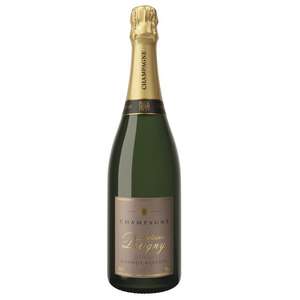
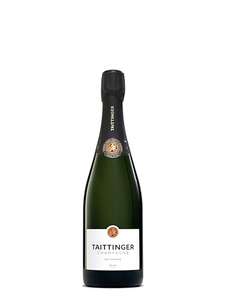
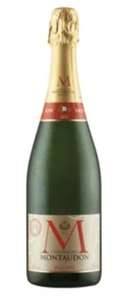
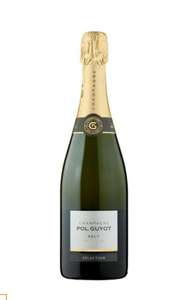
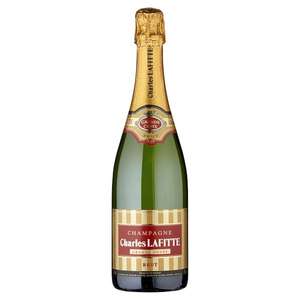
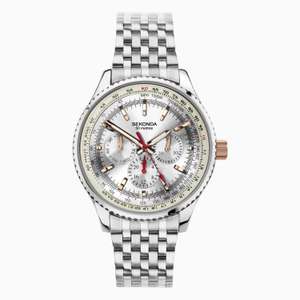



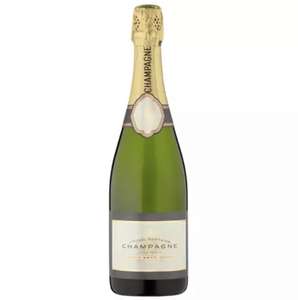
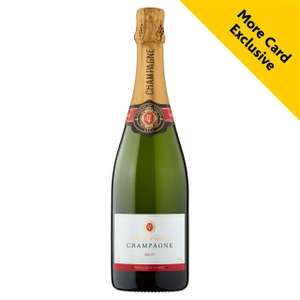
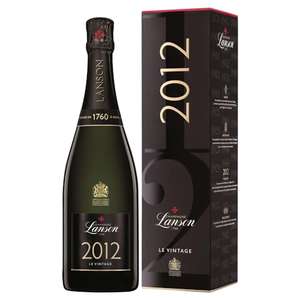
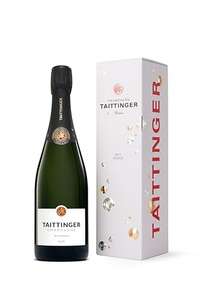
Champagne: Luxury in a Glass
Champagne is a global symbol of luxury, and something that always seems to go down well at celebrations. As the humourist Mark Twain once quipped, “too much of anything is bad, but too much Champagne is just right.”
However, as we all know, luxuries tend to come with hefty price tags, and fine Champagne is no exception. So how can you stock up your wine cellar with Champagnes that will wow dinner guests and get parties started in style?
Read on to find out about how to find the world's finest Champagne at affordable prices, or how to find a delicious alternative at massive discounts.
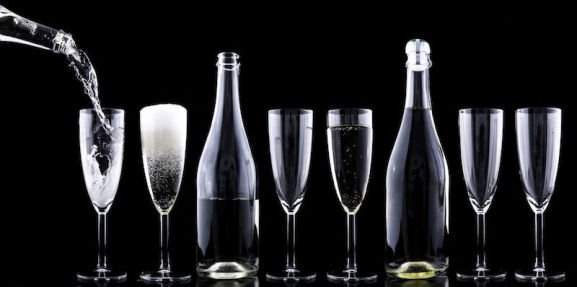
Natural Stimulant Made of Grapes
There are a lot of legends surrounding Champagne's origins, but we can be pretty certain that fizzy white wine was not invented by Dom Perignon (though he definitely did create some fine varieties). Instead, fizzy wines were first documented by Benedictine monks in northeastern France in the early 16th century.
By the 1660s, the process of making Champagne was well known, even in England, but it took 200 years or so for modern production techniques to catch on. By the 1810s and 20s, corks were being applied and elites across Europe were stocking up their cellars with maturing sparkling wines, as Champagne took its place as the most prestigious of all drinks.
By 1850, global production had hit 20 million bottles. In 2007, this had risen to 340 million, as countries across the world embraced a fizzy wine pioneered by monks in a small corner of France.
What Exactly is Champagne and How is it Made?
In some senses, Champagne can be defined as a form of sparkling white wine, along the same lines as Prosecco or Cava. However, this doesn't even come close to capturing what makes it so special.
To qualify as Champagne, bottles need to have been produced in France's Champagne region of northeastern France. This is where monks like Dom Perignon first discovered how to produce sparkling wine, which gave Champagne a head up compared to later arrivals.
The monks of northeastern France discovered (whether deliberately or not) that when grapes and yeast were fermented in a sealed container, the carbon dioxide produced wouldn't seep away as normal. Instead, it had to remain inside the container, and inside the liquid, adding a fizzy finish to the wine that resulted.
In modern Champagnes, this occurs inside the bottle. White wine is produced as normal (at which point we call it a “cuvée”), then bottled and stored in a way that promotes a second fermentation. Sugar, yeast and yeast nutrients are added to the mixture, which is contained in specially thickened glass bottles (to avoid nasty surprises).
After that, the bottles are left in cooled cellars for a period of years as the Champagne matures. When the maturation period is up, the mixture is “riddled” (as the yeast is removed) and then “disgorged” to properly purify the Champagne, resulting in a slightly yellow, fizzy concoction.
That's not quite the end, though. To finish the blend, Champagne makers usually add something called a “dosage” to sweeten the mixture (often adding a little brandy as well). Sweetness varies depending on the grade of Champagne, as we'll see. After that, the bottles are corked and labelled, and ready to ship.
Perfect Moments in Capri with Bollinger

Understanding the Champagne Sweetness Scale
Champagne is often classified by its “sweetness”, and different people have different tastes in this regard. To help you choose, here are the most common stages on the ladder of sweetness.
Brut Nature – The very driest variety, Brut Nature has hardly any sugar added at all. The tartness of this type can sometimes be too much for novice Champagne drinkers.
Extra Brut – Drier, and crisp, but with a gently noticeable sweetness, and still fairly tart overall.
Brut – The classic dry variety, only slightly sweeter than Extra Brut. Brut actually spans quite a broad range of sweetness ratings, so try this one before you buy. It's one of the most common forms of Champagne around because of its dry, accessible taste.
Dry and Extra Dry – Still not too sweet but very different to Brut, these types are also very common, and contain more calories than the classes below them.
Demi-Sec – Much sweeter, even cloying in some cases, Demi-Sec is shading into dessert wine territory for some people.
Doux – By far the sweetest of all Champagnes, Doux is usually reserved as a rare treat and taken in small doses.
Introducing Some of the Most Famous Champagne Producers
The world of Champagne is dominated by a series of legendary names, all of which have their own particular style and story to tell. Here are some major players to look out for:
Dom Perignon – Associated with the inventor of Champagne, Dom Perignon is a prestigious Champagne producer, and was created as a branch of Moet and Chandon. Famously used at the wedding of Charles and Diana in 1981, Dom Perignon's products are only made in vintage years, guaranteeing an unrivalled quality.
Taittinger – Founded in Reims in 1734, Taittinger is one of the most respected and prestigious of all Champagne houses, offering a range of affordable options for everyday fans, as well as some truly exclusive bottles for special occasions.
Bollinger – Famous for their Special Cuvee, which is a medium-priced, exceptional non-vintage Champagne, as well as their Vieille Vignes Françaises, which is definitely an exclusive, vintage product. Bollinger are proudly independent, farming a relatively small area of 150 hectares, and always coming up with reliable, crisp Champagnes, year in, year out.
Veuve Clicquot – Another Reims-based Champagne house, Veuve Clicquot have been around since the 1770s. They rose to prominence thanks to their “comet vintage” of 1811, thought to be the first Champagne made using today's production methods (and still drinkable when tested in 1996).
Laurent-Perrier – Founded in 1812, Laurent-Perrier may be less famous than their illustrious competitors, but within the world of Champagne, they are often seen as superior. Brands in their stable include Salon, Delamotte and De Castellane – all exceptional options if you can find them at reasonable prices.

Different Ways to Buy Champagne
When you buy Champagne for a special occasion, there are a number of ways to make the purchase. Most famously, Champagne comes in a variety of sized bottles:
Quarter bottles – the type you'll find at railway stations and ideal for journeys. Contains 0.2 litres.
Half bottles – hold 0.375 litres
Standard bottles – contain 750ml (0.75 litres) and are easily the most common way to buy Champagne.
Magnums – contain two bottles, or 1.5 litres
Jereboam – contains four bottles, or 3 litres
Rehoboam – contains six bottles, or 4.5 litres
Methuselah – contains eight bottles, or 6 litres
Salmanazar – contains 12 bottles, or 9 litres
Balthazar – contains 16 bottles, or 12 litres
Nebuchadnezzar – contains a whopping 20 bottles, or 15 litres of Champagne
However, not many buyers will be purchasing a Nebuchadnezzar of Veuve Cliquot any time soon. As an everyday buyer, you are far more likely to buy anything up to a Magnum, and often in orders of more than one bottle. After all, you'll struggle to entertain a wedding reception with a single bottle.
If you have to make a bulk order for Champagne, you'll almost certainly want to buy a case or two. In Champagne's case, cases tend to hold six bottles (unlike red or white wine, which usually contain 12 bottles). So don't buy too few bottles by accident!
If you're catering for a large party and just need Champagne for a toast or two, there are some rules that work really well. Taking standard size bottles as a guide, you'll usually get 7-9 half glasses out of a bottle. That's enough for a normal toast. So just do the maths and divide the number of guests you have by 7-9 and you'll come up with the right order size.
How to Tell a Good Champagne from an Also-Ran
When you're about to pay £50-100 for a bottle of fizz, it helps to know that you are buying a quality product. As Champagne is a prestige product, you'll often have the chance to taste vintages before you buy. Even if you eventually make the purchase online, it's well worth tasting first. When you do, there are some things that you'll have to pay attention to:
Marque – Before you start tasting at all, familiarise yourself with the brand in question. Don't be afraid to ask whether the Champagne in front of you is classified as a Grand Marque (the highest quality around). Sometimes inferior or non-French sparkling wines are passed off as Champagne, and it's best to be clear about what you are drinking.
How it looks – Looks aren't everything, but with Champagne they matter. Look for something that has a kind of “pale gold” complexion. Any kind of red tint is always to be avoided.
Aroma – Sniff the Champagne as well. Good Champagnes tend to smell a little like freshly baked bread (thanks to the yeast breaking down), though fruity notes are also desirable too.
Feel in the mouth – When you swirl the Champagne in your mouth, how does it actually feel? The very best Champagnes have a creaminess about them and feel mellow in the mouth. It's hard to pin down precisely, but you'll know it when you feel it.
Taste – Flavour is key with any drink, but particularly Champagne. Obviously, flavours vary depending on which type of Champagne you choose. Brut should be bready and earthy, while sweet varieties need to be deliciously sweet, with no complex after tastes.

How to Buy Champagne Glasses and Accessories
If you plan to make a habit of drinking or serving Champagne, there are some accessories that you simply have to possess, and all of them can be found at big discounts by shopping at HotUKDeals. Here are some must-haves:
Flutes – The classic Champagne glass has an elegantly slender profile which makes even small servings seem long and luxurious. The transparent glass of flute glasses also shows off the bubbles of a fine Champagne, while they are easy to store and clean as well. However, a word of caution. Many experts are moving away from flute glasses to broader, more open varieties. To them, the narrowness of flutes actually prevents us appreciating the full flavour of good Champagne. So you may want to buy a range of glasses to find an option that suits your needs.
Saucers – These broader glasses are a completely different way to serve Champagne, giving it room to breathe and express its full flavour.
Buckets – Champagne should always be served chilled – that's non negotiable. To ensure that every single glass of your prized vintage is served at just the right temperature, invest in a set of Champagne buckets that have room for ice and are easy to transport to wherever a dose of fizz is required.
Re-sealers – Although some people would find it sacrilegious, we can't always polish off a bottle of Champagne in one sitting. “Savers” like VacuVin slip around the neck of the bottle, creating a vacuum seal that should preserve as much of the fizz in your favourite bottles as possible.
Some of the Most Popular Champagne Cocktails
You don't have to consume Champagne on its own. Although most experts will raise an eyebrow if you don't, there are some delicious Champagne cocktails that are easy to make, and even easier to drink.
Classic Champagne Cocktail – Just drop a sugar cube into a flute, add a dash of Angostura bitters, fill with Champagne and add a strand of lemon for a delicious summer treat.
Mimosa – This refreshing delight involves adding two thirds orange juice to a flute or wine glass, then topping up the rest with brut Champagne.
Black Velvet – Another classic, this one involves mixing Guiness and Champagne half-and-half, stirring gently all the while.
Those are just a couple of popular examples, but you can be really creative with your cocktails if you like, and the web is full of ideas to spice up your evening in the classiest way possible.
Cheaper Alternatives to Champagne
Not everyone can afford the finest Champagnes, which is a shame, but it's not the end of the sparkling wine story. If you want to enjoy the crispness and fresh taste of a fine fizzy wine, you've got plenty of options at your disposal.
Prosecco – One of the UK's most popular drinks, Prosecco spumante (fizzy) is an Italian staple, and couldn't be easier to find. Supermarkets like Asda, Lidl and Tesco are always offering Prosecco deals, so if you absolutely need a fizzy treat for a big party but don't want to cripple yourself financially, that won't be an issue.
Cava – Catalonia's answer to Champagne, Cava was actually once called “Spanish Champagne” until the European Union put a stop to that. These days, you can find cheap Cava all over the UK, at off licences and major supermarkets.
Babycham – Once a cult drink among dinner party hosts in the UK, Babycham may not be so well known these days, but is still delicious. Derived from pears and made in Somerset, this British made delight is making a comeback, with 15 million bottles sold every year.
Cremants – Like Champagne, Cremants are made in France, just not in the Champagne region. Popular options include versions from Alsace, which can be just as satisfying and much cheaper than the real thing.

How to Find the Best Price for Champagne
Let's assume that you're not interested in alternatives, and you have to purchase an order of Champagne for a big party. How can you do so as cheaply as possible, without sacrificing on quality?
Well, the first thing to do is establish which Champagne variety you want to buy. Go to tasting sessions at local wine merchants (there should be places everywhere in the UK). You'll have a chance to try different vintages, without having any obligation to purchase.
Now, find the best Champagne deals around. Have a search on eBay for starters, as many smaller sellers use the auction site to sell off their stock and fulfil smaller orders. You may well find end of season discounts for major brands, and you might get lucky in a bidding contest too.
However, don't stick to eBay. As with anything else, finding the best price for Champagne requires shopping around. And the best way to do that is by searching for your chosen brand at HotUKDeals.
When you do search for Champagne deals on our search engine, you'll find discounts from all of the major UK suppliers. There's plenty of choice, from supermarkets like Tesco, Sainsbury's, Waitrose or Morrisons to eBay sellers to specialists like Majestic or Bargain Booze. You'll find cashback offers for Prosecco and Champagne from QuidCo, voucher deals for major retailers and even money off Champagne in restaurant chains (another way to sample possible candidates for your parties).
In any case, keep all of your options open and strike when the right price emerges. Any time of year is good. In fact, it makes sense to check the HotUKDeals Champagne listings regularly so you can snap up cheap bottles for Christmas whenever deals arise.
Best Quality Champagne Discounts at HotUKDeals
Nothing kick starts a celebration like a fine glass of Champagne. For centuries, this magical French sparkling wine has spellbound drinkers with its fizziness and fine taste. Whether you want an exquisite Brut vintage or cheap Prosecco, you'll find what you need at the HotUKDeals Champagne listings.
